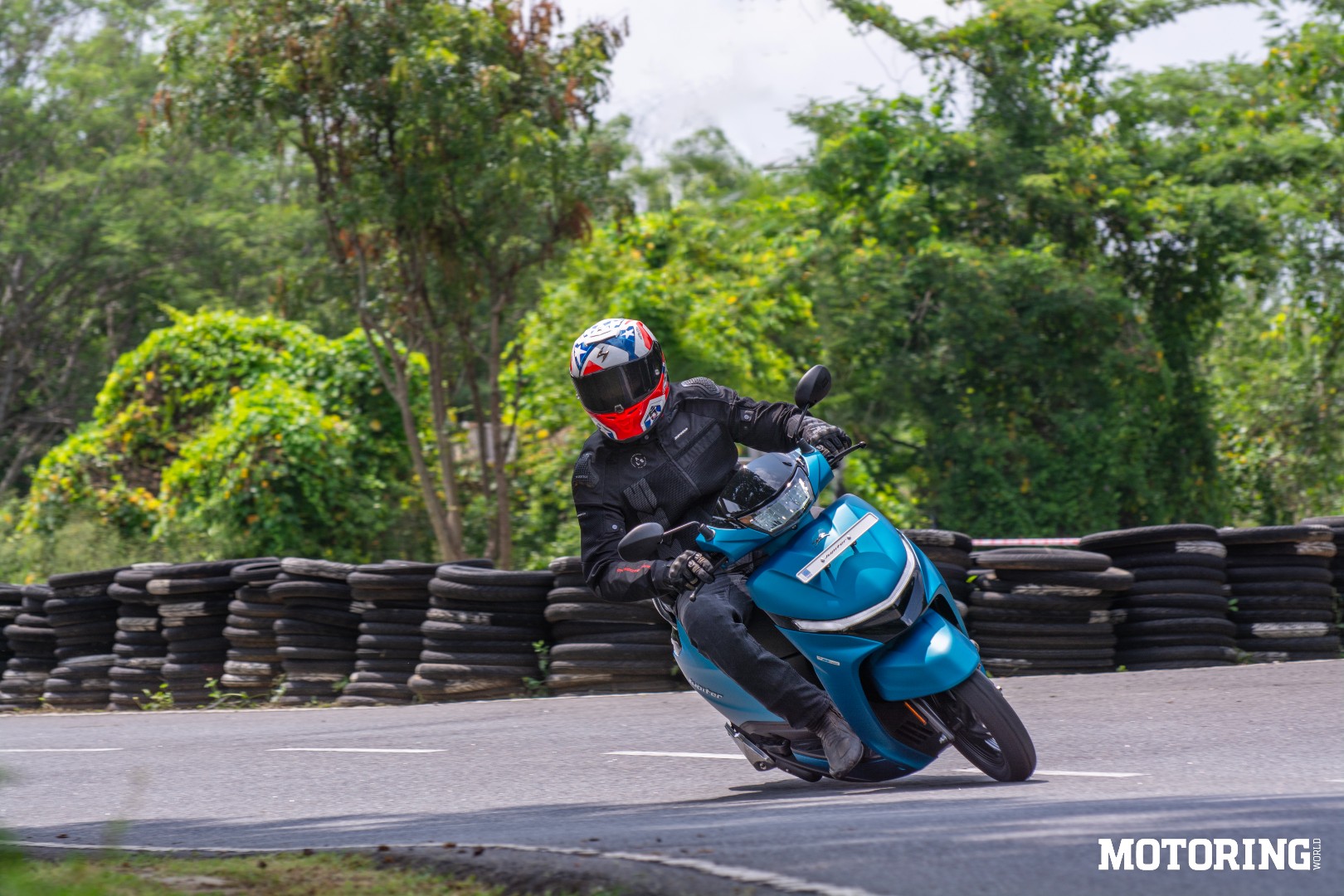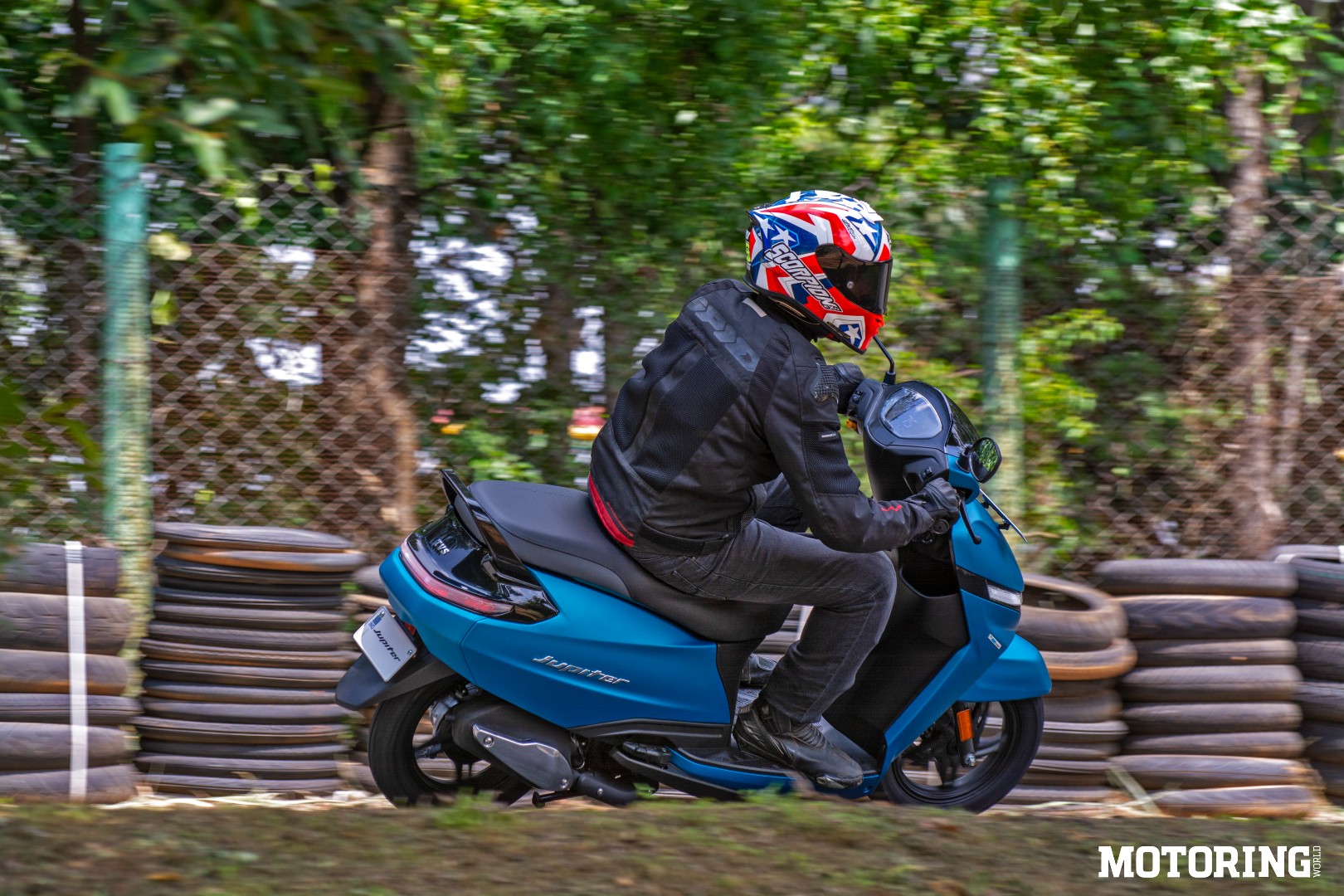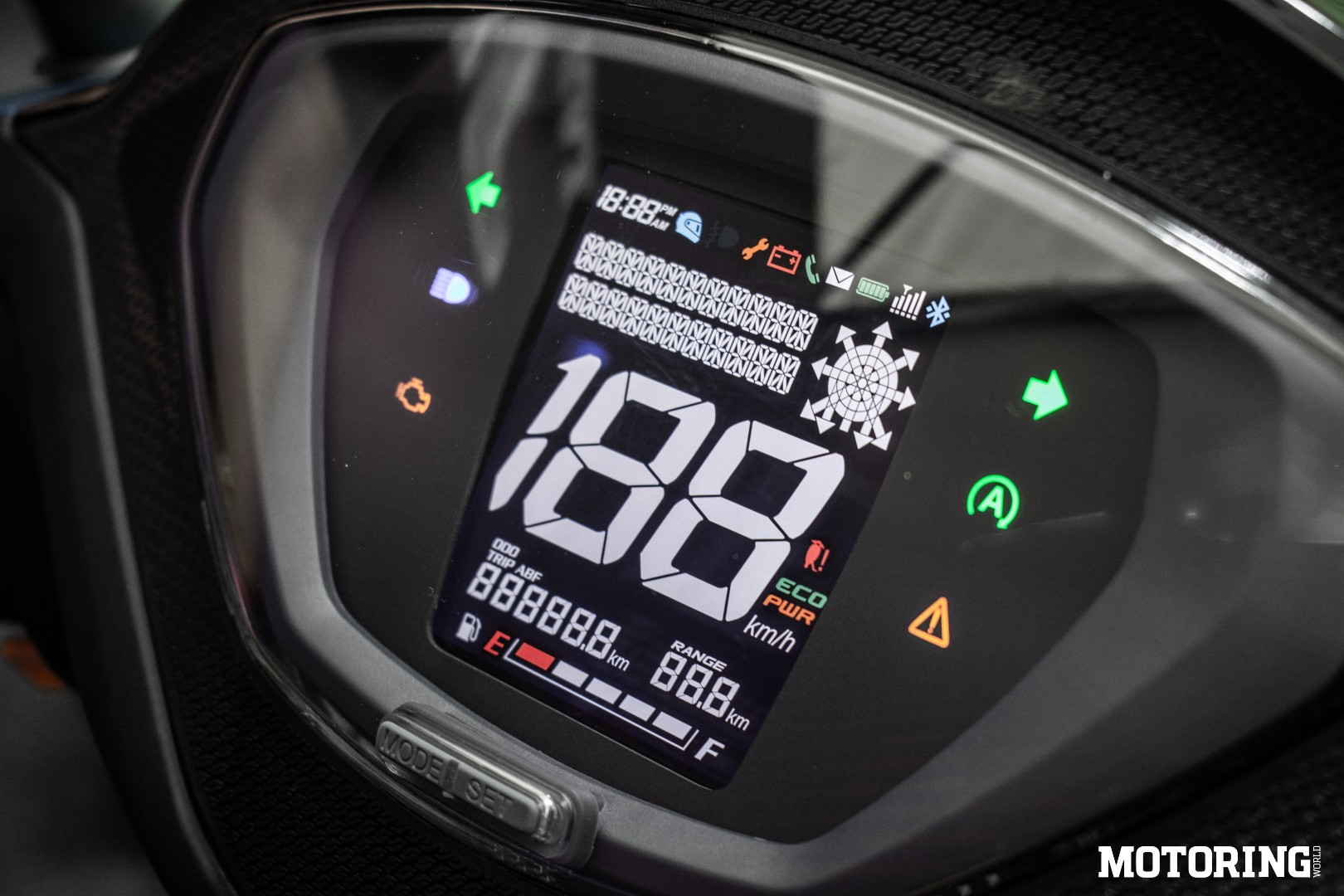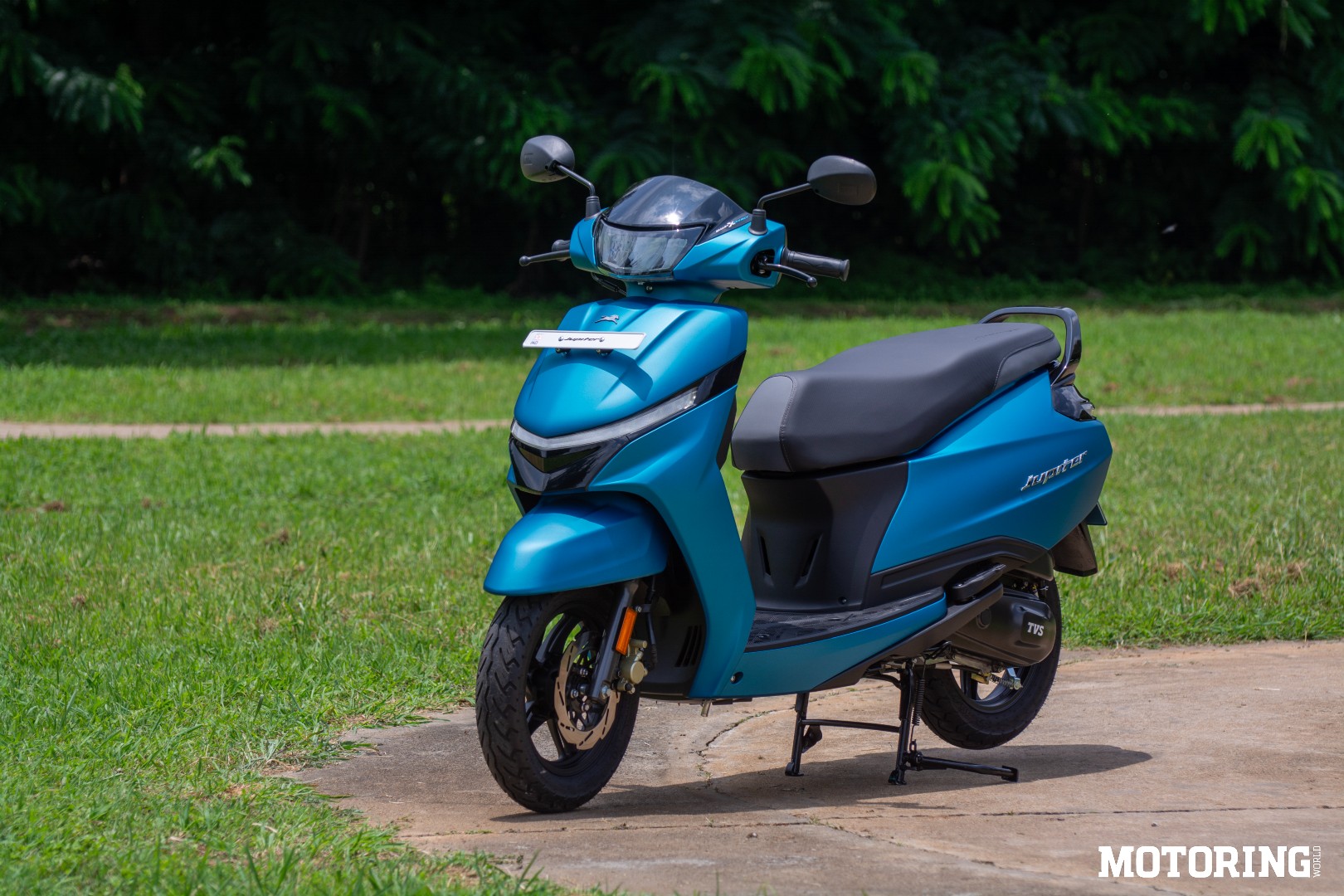The engine gave it all as we sprinted across the long straight on TVS’ test track in Hosur. A board on the side suggested I slow down to 20 kph as I approached the turn, but I was doing thrice the speed. A tap on the front brake, momentarily letting go of the throttle and a few seconds later, I came through scraping the panel under the floorboard, the main stand and the exhaust’s heat shield. Shouldn’t be doing this with a 110cc scooter, right? Or maybe a ‘family-oriented’ TVS Jupiter shouldn’t tempt me to do this, but here we were.
It took TVS 10 years and 11 months to launch the first big update for the Jupiter. A gentleman introducing the new scooter said that it is approximately the same time that the planet this scooter is named after, takes to complete one revolution. Though the update came 339 days sooner than Jupiter’s lap around the sun, is it a little too late? I don’t feel so.
The Hosur-based company updated everything on this scooter, starting with the engine. This 113.3cc engine features a bigger bore and a longer stroke compared to the previous model. So, a bump in the performance is only natural. In fact, the power is almost as much as the Jupiter 125. Topping that off are features like an integrated starter system, automatic start-stop tech and a micro-hybrid system that gives a boost of 0.06 kgm. All of this sounds good on paper, and actually works in the real world, too.
This scooter feels zesty and energetic straight off the line. Even at its speedo-indicated top speed of 87 kph, it didn’t feel stressed. Past 50 kph, the acceleration does tone down a bit and there are minor vibrations at the floorboard, but given the engine capacity, it is expected. The micro-hybrid system shows ‘Assist On’ and ‘Assist Ready’ alerts but the difference is so subtle that one cannot notice, but TVS claims it has the best-in-class performance and fuel efficiency.
What amplifies the experience of the engine is the new chassis borrowed from its 125cc sibling. So, the Jupiter 110 now gets 12-inch wheels at both ends, a floorboard-mounted fuel tank and an updated suspension and braking setup. Not that the previous version of the scooter wasn’t a good handler, but this one is a notch above at everything. The bigger wheels with the grippy TVS Conta 550 tyres made me do things that I did when I was a reckless teenager. And even when dropping the anchor from its top speed, there was no drama whatsoever, except the new emergency brake lights that flashed to warn the others. A track isn’t really the best place to test the suspension, but if the Jupiter 125’s suspension is anything to go by, this setup should be just fine on our roads.
After all the tomfoolery, I went to the pits, saw my artwork on the panel and the heat shield, stepped back and thought, ‘this elegant-looking scooter did THIS’. The premium paint finish, the sophisticated illumination system and the fact that it advertises itself with things like a 33-litre underseat storage, front fuel-filler cap, connectivity features and a neutral design tells only one side of the story. Nothing on the scooter gives the slightest hint of its sporty potential… apart from the fact that it is made by TVS.
At ₹ 73,700 onwards (ex-showroom Delhi), the new Jupiter 110 isn’t a bad deal, after all. However, the one you see in the pictures is the top-spec version that demands ₹ 87,250 — that’s almost ₹ 5,000 more expensive than its arch-rival, the Honda Activa. But then again, a host of connectivity features, a disc brake at the front, bigger rear wheel and the convenience of front fuelling and the massive underseat storage will obviously come at a price. Maybe after 11 long years, this time, the scooter named after the largest planet will pose a serious threat to the largest-selling scooter in India.


















